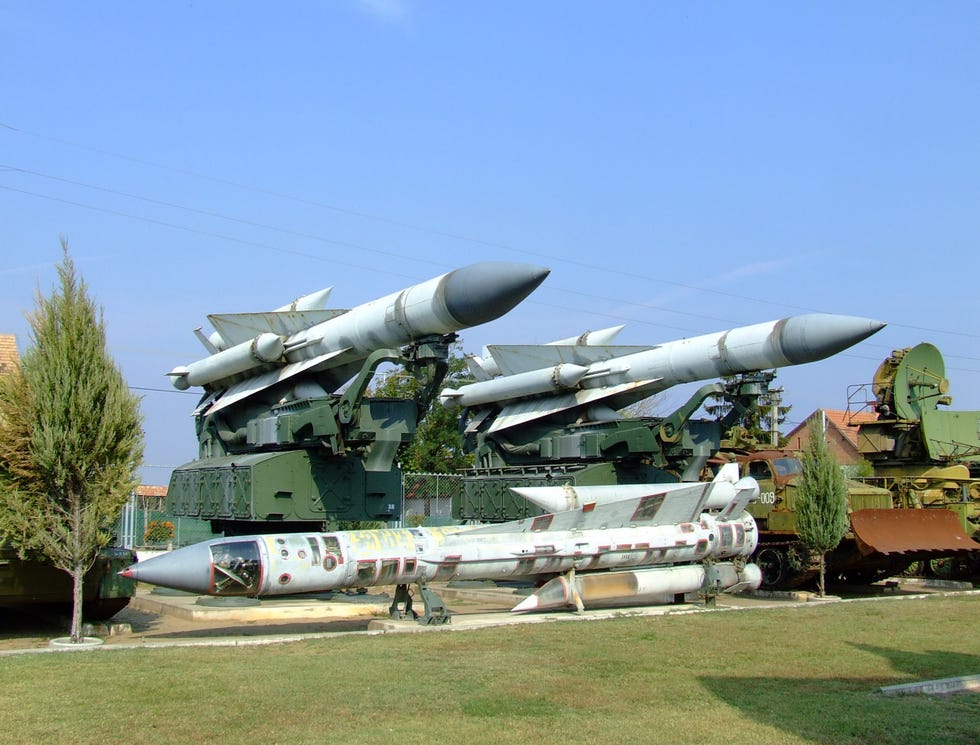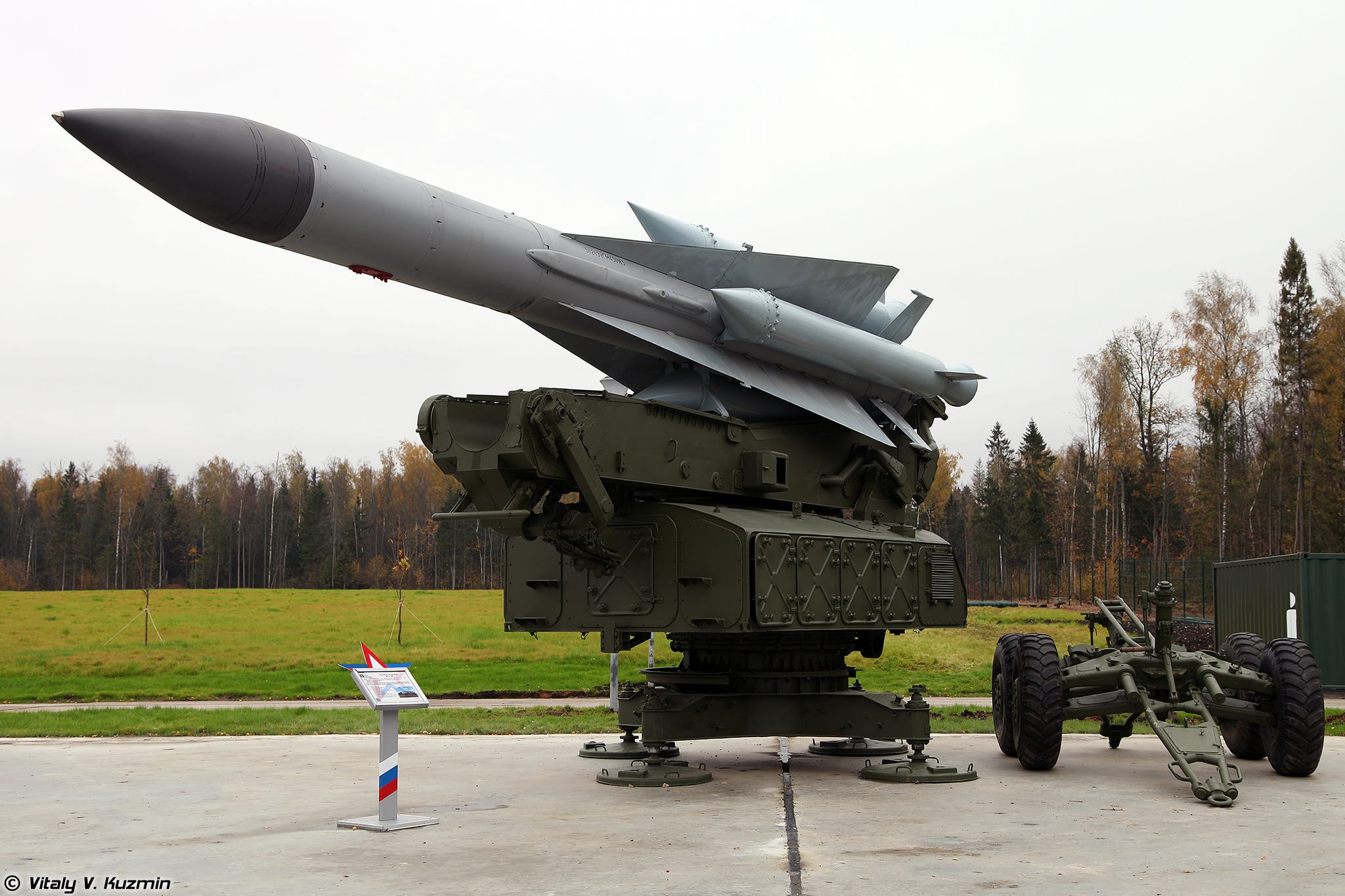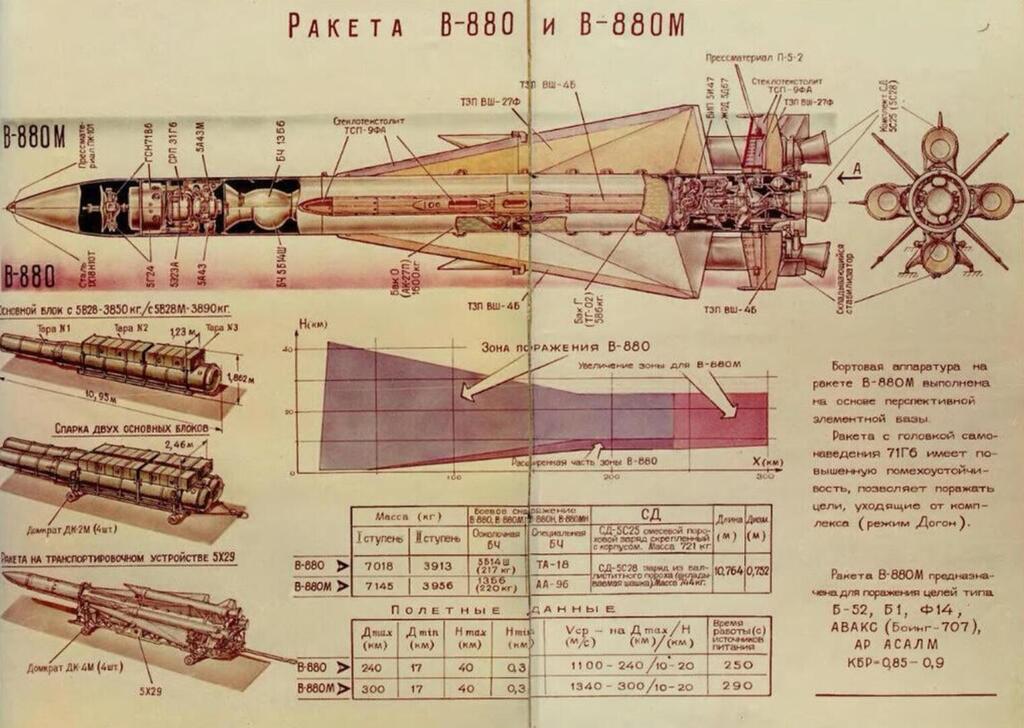On June 28, Ukraine launched two modified S-200 (NATO reporting name SA-5 Gammon) anti-aircraft missiles directed at southwestern Russia, indicating a potential escalation in missile attacks within Russian territory.
India Looks To ‘Strike Gold’ With Taiwan As Taipei Aims To Diversify, Move Away From Chinese Shadow
One of these missiles fell and exploded in Taganrog, located approximately 30 miles from the Russian border with Ukraine and less than 100 miles from the active front line between the two countries.
The Russian Defense Ministry (MoD) stated on its Telegram channel that Kyiv “carried out a terrorist attack on residential infrastructure in Taganrog (Rostov region) with an S-200 surface-to-air missile converted into a strike version.”
The Ministry further claimed that its air defense systems successfully detected and intercepted the missile launched by Ukraine. However, the wreckage from the intercepted missile fell on Taganrog, causing damage to several buildings.
Rostov Oblast Governor, Vasily Golubev, reported on his Telegram channel that the explosion’s epicenter occurred within the premises of the Taganrog Art Museum.
On 28 July, a loud blast that occurred as a result of a “missile explosion” hit 🇷🇺 Taganrog, according to Rostov Governor Vasily Golubev
Local residents said they heard the blast targeted the city center and saw a cloud of smoke rising over ithttps://t.co/5jIE2YdRk0📽️ by Mash pic.twitter.com/DUV8RCbcAG
— Euromaidan Press (@EuromaidanPress) July 28, 2023
As a result of the blast, the museum’s wall, roof, garages, and outbuildings were destroyed. Additionally, the windows and balconies of a neighboring three-story apartment building suffered damage with broken frames.
Golubev also added that air defense systems also intercepted a second missile in the Azov region. However, specific details regarding the outcome of that incident are still under assessment and yet to be disclosed.
In the aftermath of a blast in Taganrog City, images and videos circulating on social media displayed the extent of the incident, resulting in nine individuals being hospitalized with light to moderate injuries, according to the regional governor, Vasily Golubev.
A gripping dashcam video recorded the striking moment when the eight-ton missile hurtled toward a city block, ultimately causing damage to a cafe and an apartment building upon impact.
The moment a Russian missile struck the Russian city of Taganrog in Rostov, around 200 kilometers from the frontline. pic.twitter.com/2ZvADW7YFb
— Igor Sushko (@igorsushko) July 28, 2023
This incident marks the presumed first time that Taganrog, located approximately 48 kilometers from the Ukrainian border, has been struck since Russia’s full-scale invasion of Ukraine.
Before the recent incident in Taganrog, Ukraine launched an S-200 missile at Bryansk, Russia, around 110 miles from the Ukrainian border, hitting an industrial site in the area.
In retaliation to the latest incident, Russia launched a missile strike on a high-rise apartment building and the Security Service of Ukraine (SBU) in Dnipro on July 28, causing injuries to at least five people.
Moscow’s Foreign Ministry spokeswoman, Maria Zakharova, also stated that Russia retains the authority to execute “firm retaliatory actions” in reaction to the missile attacks on Taganrog and the attempted drone attack.
Ukraine’s S-200 In The Ground-Attack Role
The occurrences of Ukraine launching missiles at targets within Russian territory have been observed as rare instances, suggesting a possible escalation in the intensity of the conflict.
So far, the United States has expressed reluctance to supply ATACMS long-range missiles to Ukraine, as such a move could potentially escalate the war to an unprecedented and dangerous level.
In May, the United Kingdom took the step of providing Storm Shadow air-launched cruise missiles to Ukraine. At the time, British Defense Minister Ben Wallace sought assurances from Ukrainian officials that these munitions would only be employed against Russian targets within the occupied regions of Ukraine.
But this restriction does not apply to their domestically developed deep-strike weaponry. Of particular significance, the adapted S-200 missiles, boasting an estimated range of approximately 300 kilometers, can engage targets located within Russian territory.
According to an earlier Forbes report, “Ukraine pulled obsolete S-200 surface-to-air missile systems from long-term storage,” proceeded to replace the command-guidance units in their V-860/880 missiles with GPS seekers, effectively transforming them into surface-to-surface missiles and subsequently commenced firing these missiles at targets located within Russia.

It can also be reasonably assumed that the S-200 might have had an inherent secondary surface-to-surface capability, although its static basing would have limited its effectiveness.
Nonetheless, the absence of photos depicting the S-200 launcher activity could be a deliberate measure taken to maintain operational security and prevent inadvertent disclosure of the locations of these challenging-to-maneuver launchers.
Ukraine had long decommissioned its S-200s, but it was believed that they still possessed a stock of at least three or four batteries comprising approximately 24 launchers, possibly even more. It is plausible that a limited number of S-200s were brought back into operational service.
Developed in the 1950s by the Soviets, the S-200 surface-to-air missile system primarily aimed to counter the threat posed by US aircraft such as the B-58 bomber and U2 spy plane.
Over the years, the system underwent upgrades to enhance its capabilities, resulting in variants like the S-200V “Vega” and S-200D “Dubna,” which featured nuclear capability and an extended reach of 300 km.

By 1985, the Soviet Union had deployed over 130 launch sites, housing approximately 2030 launchers, showcasing the system’s widespread presence as a formidable deterrent against potential aerial threats.
The S-200’s aging batteries could be effectively integrated into the command structures of succeeding systems like the S-300 and S-400, demonstrating their adaptability and continued relevance in modern defense strategies.
Additionally, the export version, S-200VE, found its way to other countries, with Bulgaria and Poland, both NATO member states, still utilizing some of these systems.
Previous reports suggest that the United States tried to convince the president of Bulgaria to transfer S-200 and S-300 missiles from their arsenal to Ukraine.
Meanwhile, other operators of the S-200 included Algeria, Iran, Kazakhstan, Myanmar, and Syria. In 2018, the S-200 surface-to-air missile system emerged into the spotlight with a momentous achievement in Syria.
It successfully managed to eliminate an Israeli jet, specifically the F-16I Sufa, during Israel’s bombing campaign in the region. However, the same year, Syria’s S-200 batteries inadvertently shot down a Russian Il-22M command post plane.
That being said, Ukraine received many S-200Vs missiles from the Soviet Union. However, a tragic incident occurred during an air defense exercise on October 4, 2001.

A V-880 missile aimed at a drone accidentally latched onto a Tu-154 of Siberian Airlines. The airplane crashed after the missile exploded over it, killing all 78 people on board, including the crew.
In response, Kyiv eventually compensated $15 million to the victims’ families from Israel and Russia.
Nonetheless, employing long-range surface-to-air missiles for ground target strikes is not a novel concept and dates back to the Cold War era.
During that period, it was common for such missile systems to possess a secondary role for ground attacks, and even in present times, some air defense systems continue to offer this dual capability.
Even in ongoing conflicts, there have been numerous documented instances where both sides have creatively adapted and utilized modified weapons systems for ground strikes.
That being said, Russian and Ukrainian armed forces have demonstrated resourcefulness by modifying existing missile systems to engage ground targets, showcasing their ability to maximize available assets and respond dynamically to the demands of modern warfare.
- Contact the author at ashishmichel(at)gmail.com
- Follow EurAsian Times on Google News




